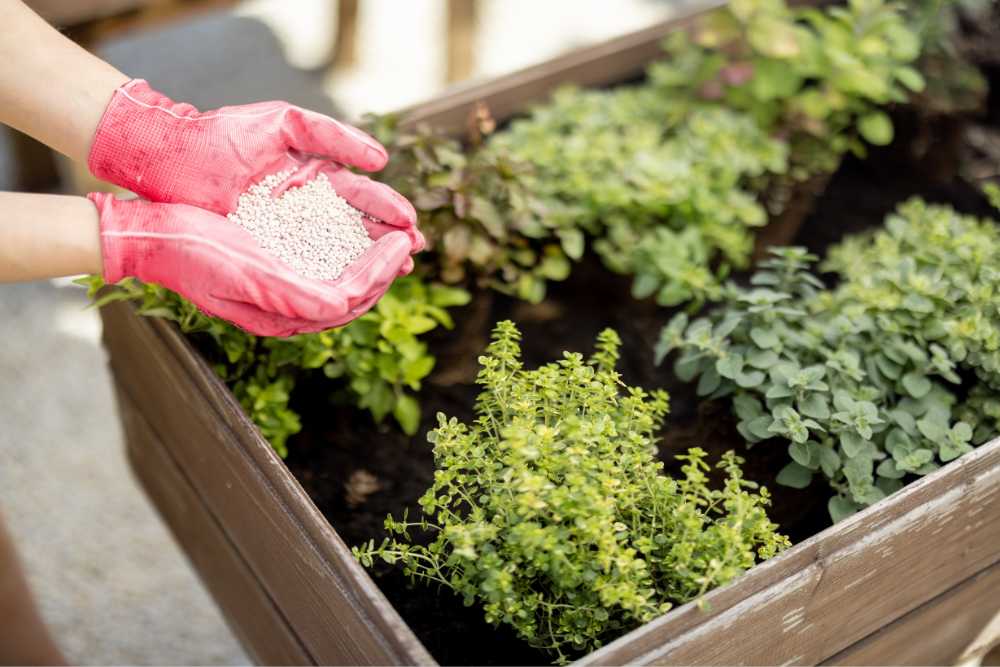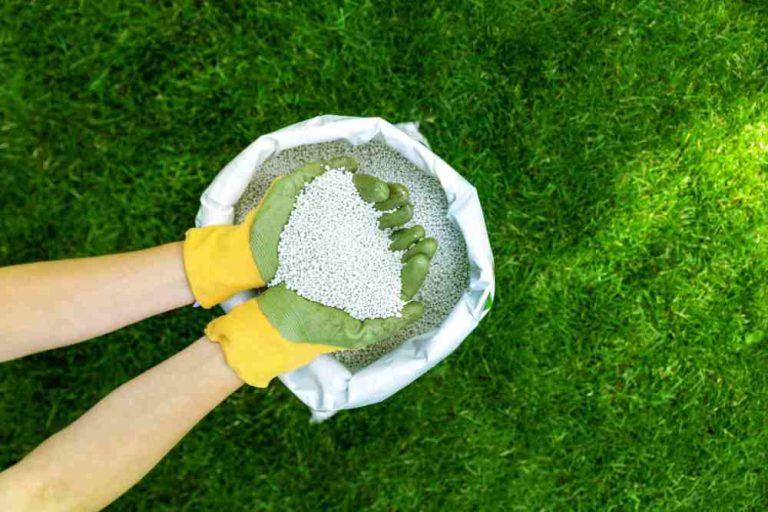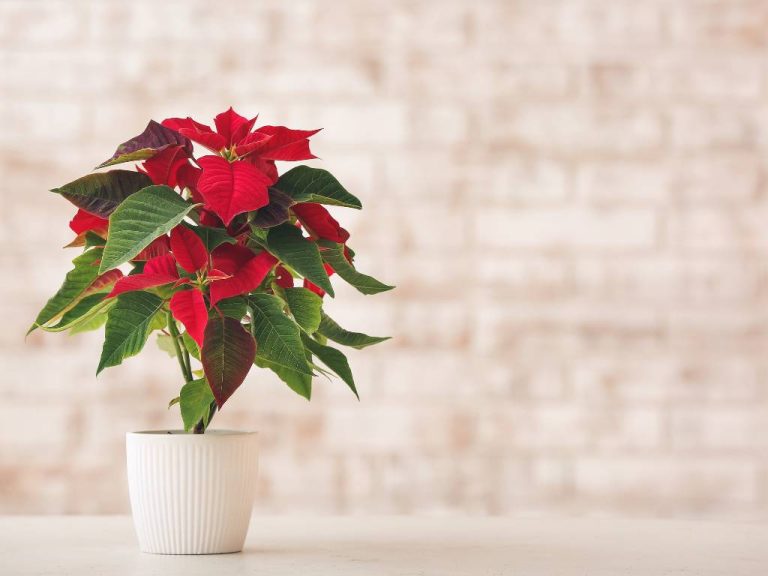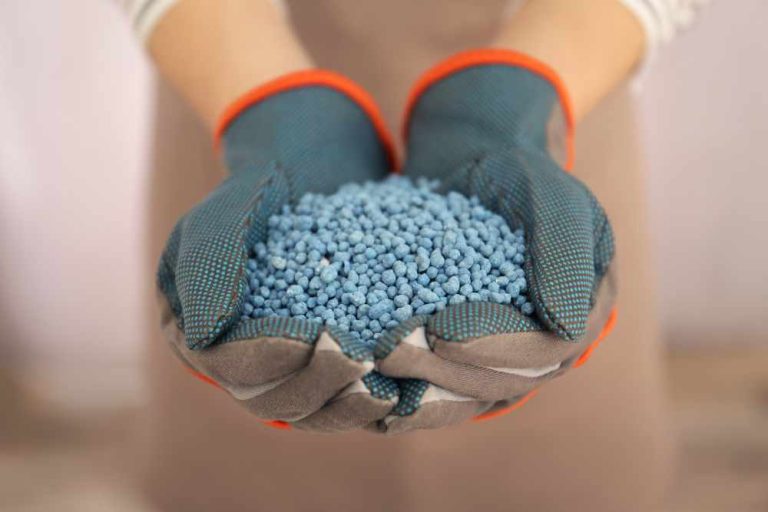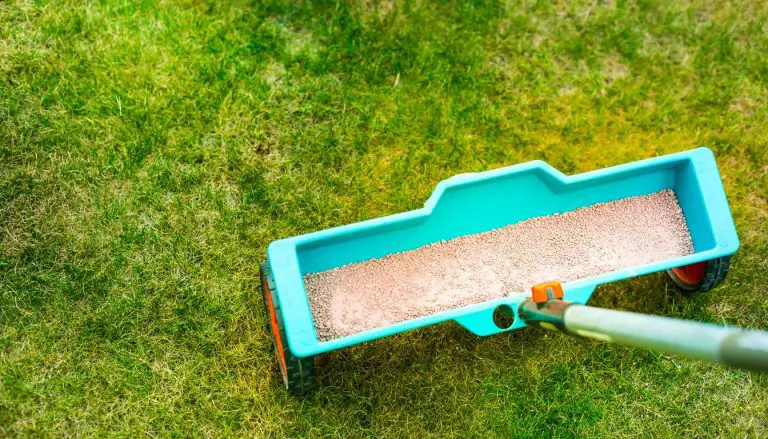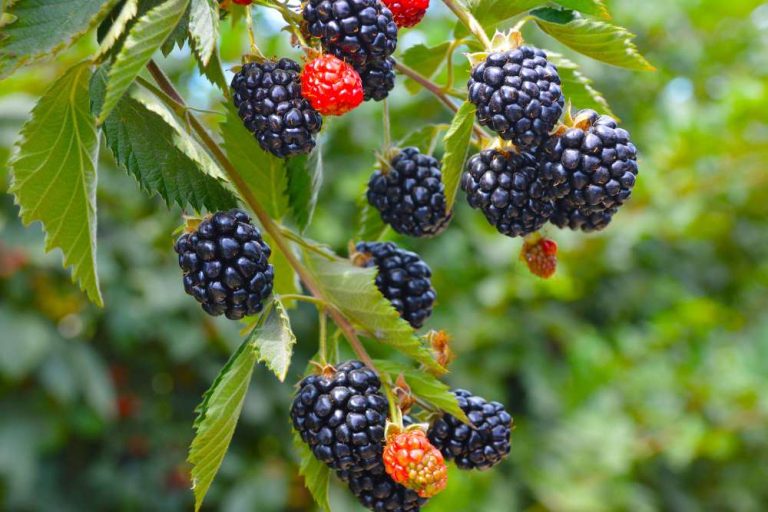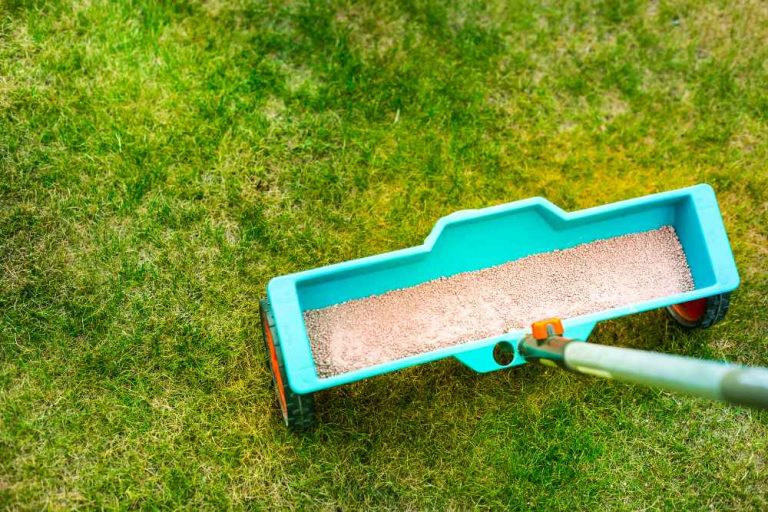Choosing The Best High Phosphorus Fertilizer For Vegetables
Most gardeners are concerned with keeping their gardens productive, and phosphorus is essential to that goal. For plants to grow and thrive, they require the nutrient phosphorus.
Plants cannot grow properly unless they receive appropriate phosphorus from the soil. Let’s look at the importance of phosphorus for plants and how you can ensure they get enough before you start looking for a high phosphorus fertilizer for vegetables.
Why Use A High Phosphorus Fertilizer?
Every time we rake leaves from the garden in the fall, mow the lawn or harvest our tasty crops, we remove phosphorus from the soil, which is an essential component in plant growth. We need to replenish what we take out to continue growing.
How can you detect if your plants are receiving adequate phosphorus levels?
One method is to closely monitor your plants’ progress and search for the following symptoms:
- The plant size is smaller than usual.
- There are little or no flowers or fruit.
- Root systems that are too thin.
- Stems and foliage have an unusual, purple tint.
- Leaf drop Curling leaves.
These symptoms usually appear first in older growth. All of this could be an indication that more phosphorus is required until the soil is fertile enough to meet your plants’ nutritional needs.
A good soil test, on the other hand, is the most conclusive technique. These findings will demonstrate whether your growing medium is phosphorus inadequate and how much additional soil is required.
Phosphorus is required by all vegetables for root development, flowering, and fruiting. Certain plants will thrive with a well-balanced NPK. But, once the buds have formed, climbers like melons, squash, and tomatoes need higher amounts.
The additional phosphorus will give the plant more energy to develop those buds into fruit. Encourage the growth of large, well-formed crops. In comparison to other parts of our gardens, a veggie patch requires more work to keep pests and diseases at bay. In this regard, phosphorus is also helpful. To supply a little additional phosphorus where it’s needed, use leftover food like coffee, tea, and citrus.
How To Replace Phosphorus In Soil
Using a high phosphorus fertilizer to replace the depleted nutrients is the best strategy to restore phosphorus to your soil. To make sure the fertilizer you intend to use is rich in phosphorus given the variety of fertilizers available, it is crucial to examine the NPK ratio.
You may find the percentage of phosphorus in a fertilizer’s total mass by looking at the middle number in the NPK values listed on its packaging. The higher the middle number, the higher the phosphorus content of the fertilizer. You may determine the fertilizer’s nitrogen and potassium content by looking at the other values. Nitrogen and potassium are also essential nutrients for plant growth.
How To Use High Phosphorus Fertilizer
This kind of fertilizer can be applied as a liquid when watering or by incorporating slow-release granules into the soil, depending on the type you pick.
Fertilizer spikes can also be quite effective in particular situations. Before planting, a little amount of granular phosphate can be applied to the hole when planting new trees in soil that lacks phosphorus.
Phosphorus will promote new growth and also speed up the establishment of roots. Plants will get off to a wonderful start in newly created garden beds if granules are worked into the top few inches of soil or if water soluble fertilizer is used right after planting.
When it comes to veggies, applying a greater phosphorus NPK just as the buds are setting will ensure a plentiful yield. Phosphate granules applied to lawns grown on phosphorus-deficient substrates and then thoroughly watered will give the roots the proper amount of phosphate needed to produce a strong, green turf.
1. Rock Phosphate
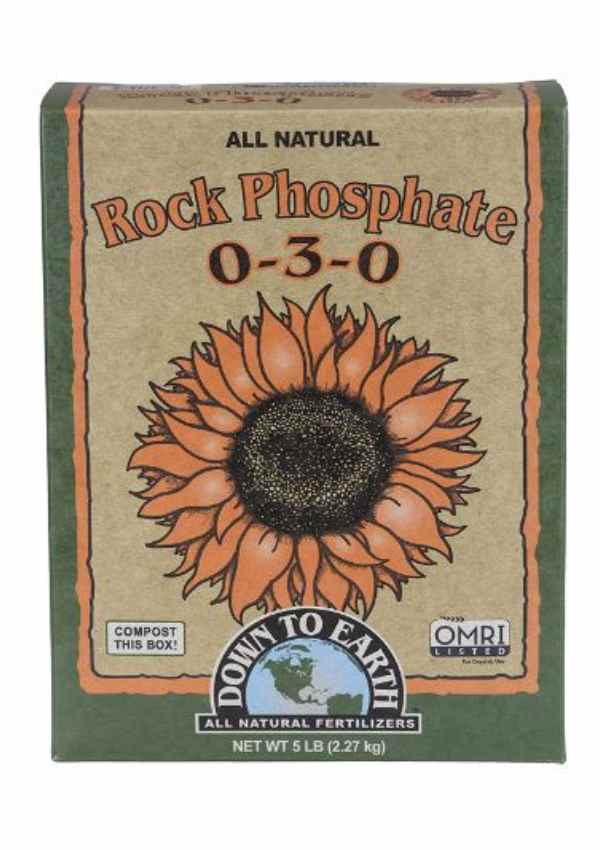
The most frequent source of phosphates in mixed commercial fertilizers is rock phosphate, commonly known as phosphorite. It is a sedimentary rock with a high phosphorus content by weight that is also offered in its pure form.
Enriched rock phosphate is one of the best sources of phosphate for growing crops, containing 17 to 30% phosphorus by weight. Limestone and other sedimentary rocks are rich in rock phosphate. Rock phosphate has a very delayed release time and can be used for 5 years or more.
If you want phosphorus to be released quickly into your soil, there are superior phosphate sources. On the other hand, rock phosphate is a fantastic supply of phosphate if you only need to apply it once and then forget about it for a year. Remember that rock phosphate has no nitrogen or potassium.
2. Bone Meal
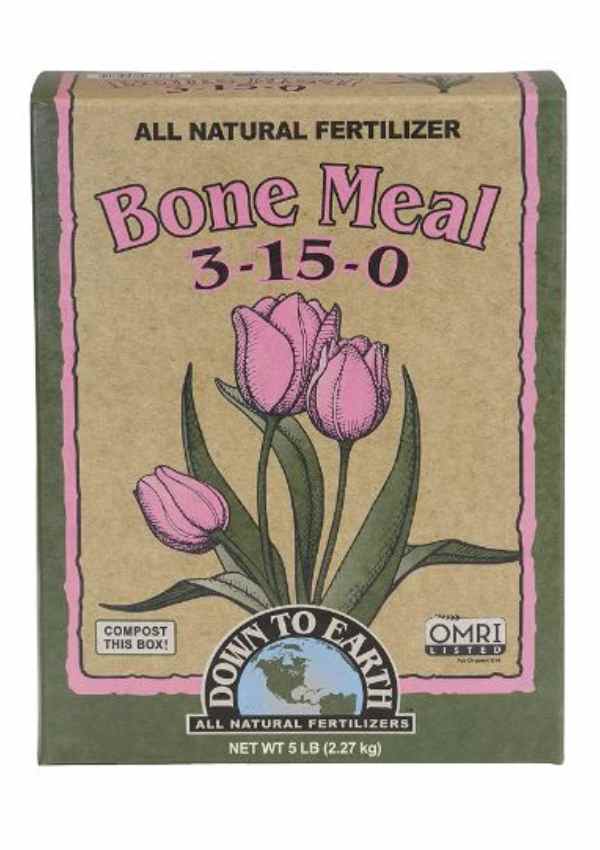
Bone meal is formed from crushed or ground bones as well as slaughterhouse waste. Its phosphorus level, which ranges from 15% to 27% by weight, is only slightly lower than that of enriched rock phosphate. Bone meal has a slow release time and is only effective for about 6 weeks.
The use of excessive amounts of bone meal could cause plants to burn. Add bone meal, along with some of the other fertilizers, to your compost pile rather than immediately applying it to plants. You will have a balanced compost mix with lots of nutrients for your plants after a few months to a year. Remember that plants can only obtain phosphorus from the bone meal if the soil pH is less than 7.0. (acidic).
The only way to be certain is to do a soil test. Bone meal is high in calcium and provides 2% to 6% nitrogen by weight, in addition to phosphorus. It doesn’t have any potassium, though.
3. Fish Meal
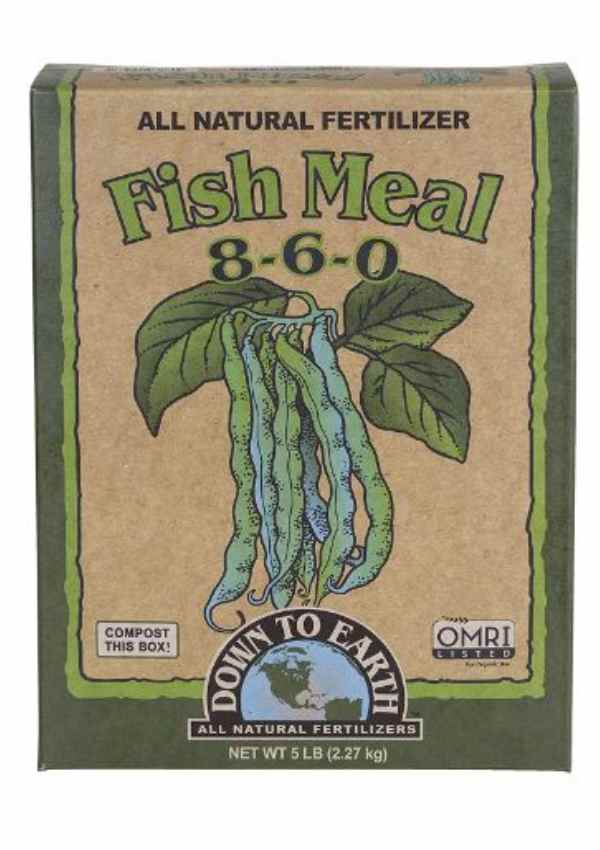
Fish meal is similar to the bone meal in that it is prepared from the ground-up leftovers from fish processing plants. It is also heated and dried, yielding a fine-grained product that is reliable and simple to use. Although there can be some variation across brands, a fish meal typically has an NPK of about 10–6–2. Phosphorus is abundant in fish meal, which contains 4% to 6% phosphorus by weight.
Together with phosphorus, it also includes significant amounts of nitrogen and other trace minerals including calcium and magnesium. It is a good phosphorus source for plants. Fish meal has a medium release time and lasts 4 to 6 months. Although dry fish meal contains 10% nitrogen by weight, it does not contain potassium.
4. Bat Guano

Guano is the term for the waste material of bats and seabirds. Bat guano contains around 10% phosphorous by weight. It also includes a lot of nitrogen, potassium, and other trace minerals. Bat guano includes 12.3% nitrogen and 2.5% potassium by weight.
It is challenging to locate bat guano on your own, so you will probably need to purchase it from a store or online. But keep a watch on the NPK – some guano is treated to increase nitrogen content, which destroys part of the phosphorus. Bat guano has a medium release time and can last for a month or two.
To prevent burning your plants due to a quick pH change, bat guano should be handled with caution due to its low pH (it is quite acidic). Although applying it directly to soil can create significant increases in soil acidity, it is best used as a tea. Use bat guano directly only in soils with high pH levels, or incorporate it into your compost instead to dilute the acidity.
5. Worm Castings

Worms Castings, also known as vermicompost, are worm droppings produced in worm farms. Worm castings include a significant amount of organic material in addition to nutrients. Worm castings, which contain phosphorus as well as nitrogen and potassium, are produced by worms.
You might be familiar with the smaller domestic worm farms that have numerous trays stacked one on top of the other like an apartment complex. Worm castings are an excellent addition. It’s not only great for indoor plants and container gardening, but it’s also a compact way for individuals living in apartments, condos, and the like to repurpose kitchen waste and plant waste.
What you get out of it, as with most animal dung, is highly dependent on what you put it. Nonetheless, worm castings typically include 2.5% phosphorus by weight. Worm castings also have a nitrogen content of 1.5% and a potassium content of 1.3% by weight. Finally, worm castings are rich in helpful microorganisms that stimulate plant development and boost your garden’s general health and vitality.
6. Blood Meal
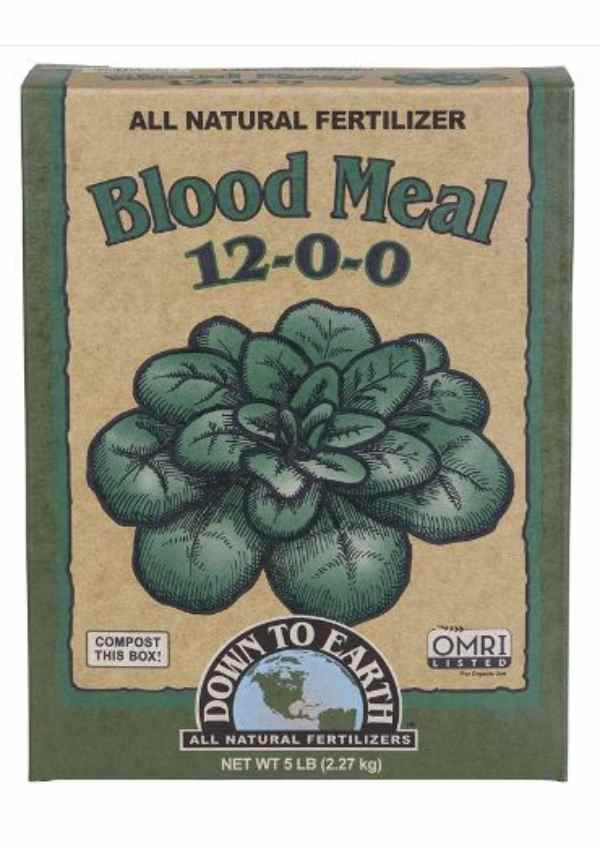
A blood meal is a powder formed from the dried blood of animals (mostly cattle or hogs), and it is frequently a byproduct of slaughterhouses. Blood meal has a higher percentage of phosphorus by weight (1.5% phosphorus by weight) than the majority of manures and composts. Blood meal has a medium release time and lasts 6 to 8 weeks. Fertilizers with a high concentration, depending on what you have available. 12.5% nitrogen and 0.6% potassium are also included in blood meals as percentages of weight.
7. Cottonseed Meal
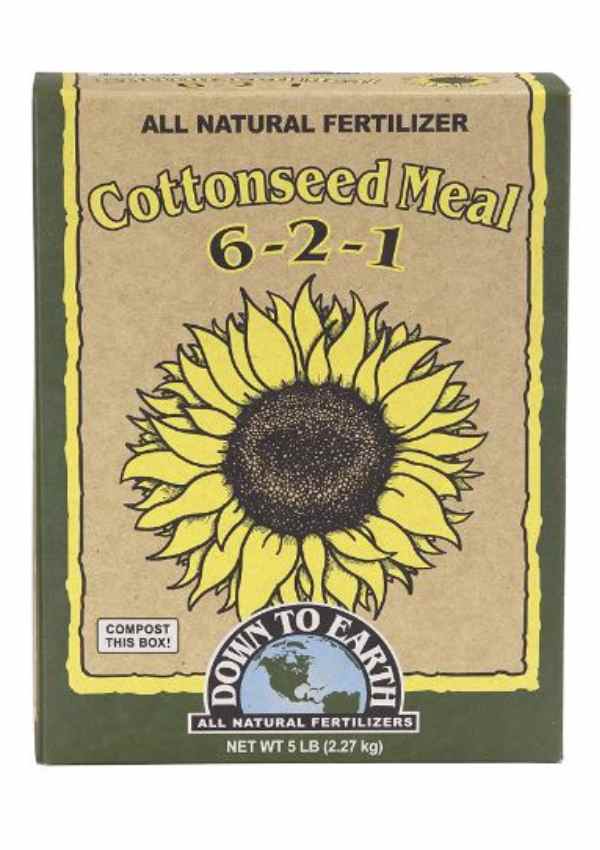
Cottonseed meal is the byproduct of extracting cottonseed oil from cotton seeds. Cottonseed meal is a rich source of phosphorus for plants after the seeds are ginned out of cotton and the oil is removed from the seeds. The phosphorus level of cottonseed meal ranges from 2.5% to 3%, which is higher than that of most manures.
Cottonseed meal is effective for 4 to 6 weeks and has a slow to medium release duration. Because cottonseed oil is slightly acidic, it’s best to mix it into compost instead of applying it directly to plants. Cottonseed oil is beneficial because it contains 1.6% potassium and 4% to 6% nitrogen by weight.
8. Manure
Manure from farm animals, like worm castings, is a fantastic source of nutrients for the garden. The ratio of nitrogen to phosphorus in some livestock manure is relatively high. Some are more balanced or have no nitrogen at all.
Even the ‘hottest’ of manures can be composted to lower nitrogen concentration, since the longer you leave it, the gentler it becomes. It’s also rather inexpensive, and if you live in a rural location with a lot of animals, farmers are generally willing to let you take it for free.
9. Compost
Compost is formed from kitchen leftovers and yard debris such as banana peels, grass clippings, orange rinds, and raked leaves.
Composting is an excellent way to offer nutrients to your garden, such as phosphorous, while also recycling yard waste and kitchen leftovers. Phosphorus levels in compost range from 0.5% to 1%. It is a slow-release fertilizer that also includes potassium and nitrogen.
- 15 Ingenious Kitchen Garden Ideas to Cultivate Freshness Right at Home - April 7, 2024
- 10 Top Picks Best Plants for Open Terrarium - April 2, 2024
- 21 Easy and Cheap Walkway Ideas for a Charming Garden - March 31, 2024

